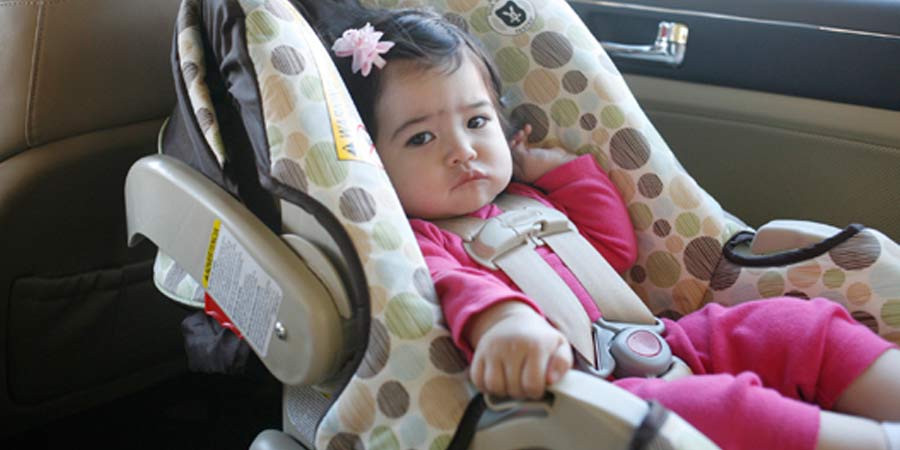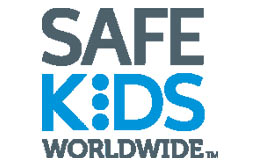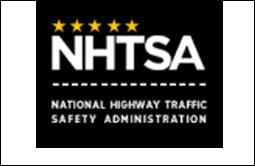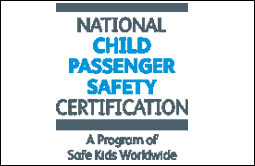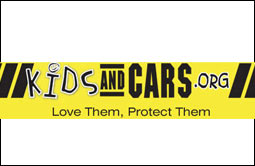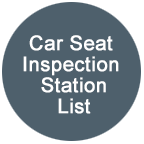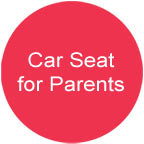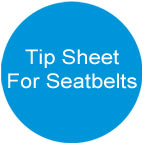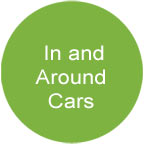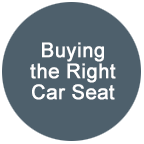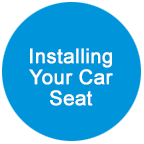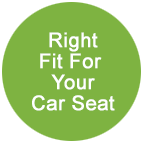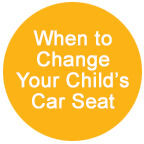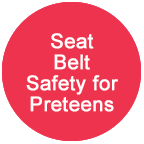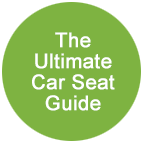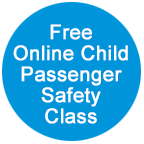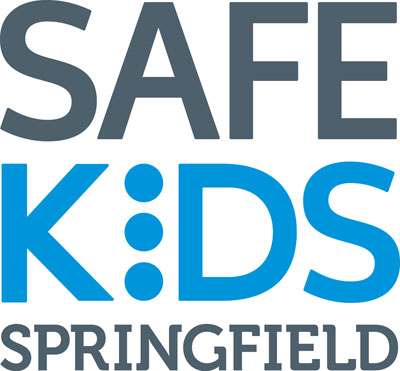
- Who We Are
- What We Do
- Bike/Wheel Safety
- Burn and Scald Prevention
- Button Battery
- Car Seat/Seat Belt Safety
- Emergency Preparedness
- Falls
- Fire Prevention
- Girl Scouts & Boy Scouts
- Gun Storage Safety
- Heat in Vehicles
- Home Safety
- Laundry Safety
- Pedestrian Safety
- Poison Prevention
- Rock Your Seat Belt Teen Program
- Safe Sleep
- Sports Safety
- TV & Furniture tipovers
- Toy Safety
- Water Safety
- Why It Matters
- Resources
- Get Involved
417-820-7233 [email protected]
Car Seat/Seat Belt Safety
Engineers are working hard to ensure that cars and car seats are designed to keep kids as safe as possible. But it’s up to every parent to take full advantage of these innovations by making sure car seats and booster seats are used and installed correctly. Here’s what you need to know to ensure that your most precious cargo is safe in cars.
The Facts
- Road injuries are the leading cause of preventable deaths and injuries to children in the United States.
- 73% of car seats are not used or installed correctly.
- Correctly used child safety seats can reduce the risk of death by as much as 71 percent.
Top Tips
- All Car Seats –
- Remove coats and bulky clothing before tightening the harness straps. Place the coat or a blanket OVER the straps to keep the child warm.
- Harness straps should be snug enough that you can’t pinch or folded together when buckled.
- Harness clip should be at the child’s armpit level.
- Car seat should not move more than one inch side to side.
- Children should always ride in the back seat until age 13, and never in front of an airbag.
- Check the expiration date of your seat to make sure it is current.
- Send in your warranty card to register your car seat so you are notified of any recalls.
- Safe Kids hosts car seat inspection events across the country where certified technicians can help make sure your car seat is properly installed. Find a car seat inspection station near you by clicking on the button on the right.
- Specific to Infant Car Seats –
- Children should ride rear facing until he or she reaches the seat’s rear facing limit. This may be 40 pounds or more depending on the seat.
- Harness straps should be at or below the child’s shoulder.
- Specific to Toddlers & Big Kids Car Seats –
- Forward facing car seats should be installed using a top tether to reduce the forward motion in a crash.
- Harness straps should be at or above the child’s shoulder.
- Children should use the car seat until he or she outgrows the harness, or the limits stated on the seat.
- Specific to Booster Seats –
- Children should use a booster seat until they reach 4’9”, or 80 pounds, or the child is 8 years old AND the seat belt fits them properly.
- Choose a booster that provides support to your child’s neck and head.
- Lap belt sits low on the child’s hips, and not on their stomach.
- Shoulder belt is on the child’s shoulder and not on their neck, under their arm, or behind their back.
- The seat belt is snug, flat, and comfortable on the child.
- The child may be between 8 and 12 years old before the seat belt fits properly without a booster.
- Ready for a Seat Belt?
- The child’s back is firmly against the seat back, with knees bend at the front edge of this eat, and the child can sit this way for the whole ride.
- The lap belt sits low on the hips, not on the stomach.
- The shoulder belt is on the child’s shoulder and not on their neck, under their arm, or behind their back.
- The seat belt is snug, flat, and comfortable on the child. If the seat belt does not fit right, then the child must continue using the booster seat.
- The child rides in the back seat until age 13, away from air bags. Airbags can injure and even kill because young children do not have the bone density to stand up to the force of the airbag.
- Is My Car Seat Safe after a Crash?
- The National Highway Traffic Safety Administration’s (NHTSA) recommends replacing child safety seats and boosters following a moderate or severe crash to ensure a continued high level of crash protection for child passengers.
- NHTSA recommends that child safety seats do not automatically need to be replaced following a minor crash. A minor crash meets all the following criteria:
- There is no visible damage to the safety seat.
- The vehicle was able to be driven away from the crash site.
- The vehicle door nearest the safety seat was undamaged.
- There were no injuries to any of the vehicle occupants.
- The air bags did not deploy.
- NOTE: Even if the crash meets NHTSA’s criteria for a minor crash, some manufacturers still require a car seat to be replaced after any type of crash. Check the car seat manual, call the toll-free number on the side of the seat, or visit the manufacturer’s website for their statement on crash policies.
